Ultra-precise satellite data on variations in the Earth’s attraction offer an in-depth view of our planet. Dr Bart Root discovered that current theories on the last Ice Age can’t be correct.
Dr Bart Root studies inner Earth from space. (Photo: Jos Wassink)
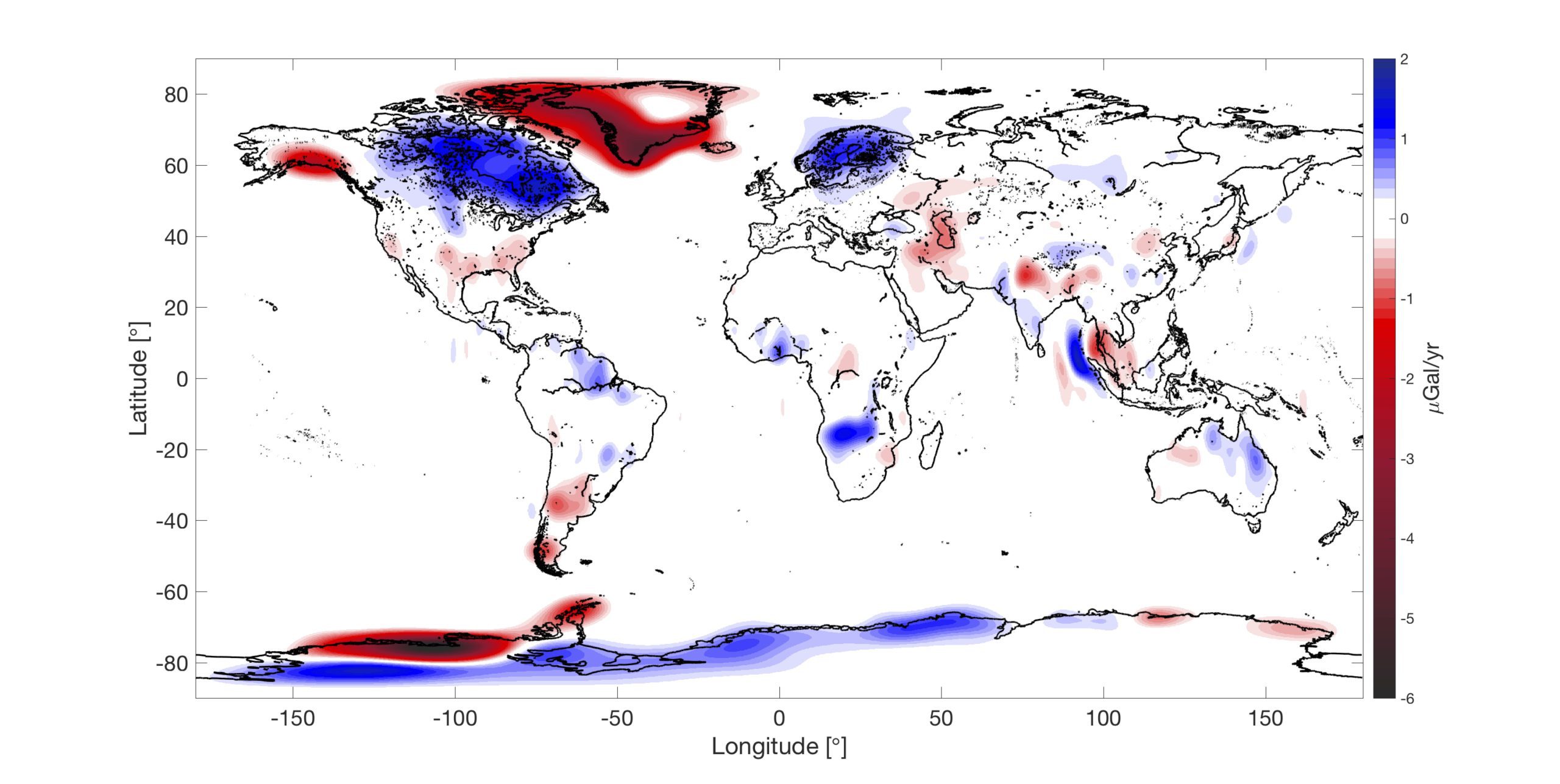

Root studied the changes in gravity over the 14 years that the GRACE satellites circled the Earth. The loss of land ice in Greenland, Alaska and West Antarctica has resulted in a decrease which shows up deep red. Mass had accumulated (shown in blue), mainly under Canada and Scandinavia. To put the gravity changes in perspective, these occur in the eight decimal of gravity of g = 9,81 m/s2 (called microGal)
The regional increase in mass is due to the inflow of magma as the Earth’s crust lifts up after the land ice melted at the end of the last Ice Age. This so-called Glacial Isostatic Adjustment, or GIA, accounts for a 300-400 metre rise of the land surface over 25,000 years. This amounts to roughly one centimetre per year and this rise continues today, as the GRACE data show.
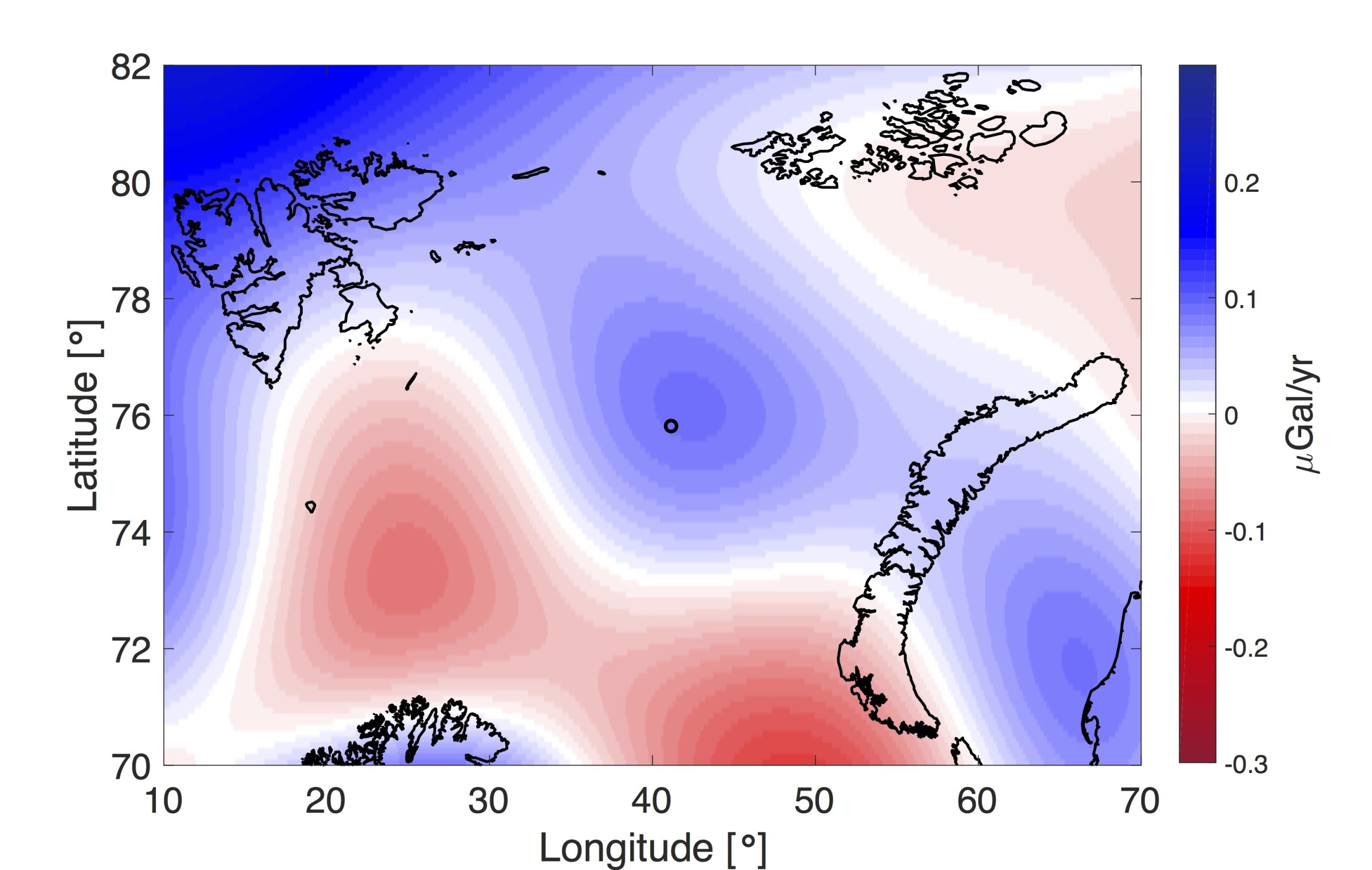

With adequate filtering, Dr Bart Root was able to show signs in the GRACE data of a similar rebound in the Barents Sea region, be it ten times smaller than on the Scandinavian mainland. His finding undermines most of the current theories on land ice in the middle of the Barents Sea during the last Ice Age.
From studying coral reefs, scientists believe that 25,000 years ago, the sea level was 120 metres below its current level. That means huge packs of land ice must have covered the Earth.
“The relatively unknown Barents Sea was used as an ice drain, where modelers stashed all the ice they needed to account for their mass balance,” explains Root. “But if the Barents Sea region did carry 2-3 kilometres of land ice like the Scandinavian mainland did, we would expect a much larger signal in the GRACE data.”
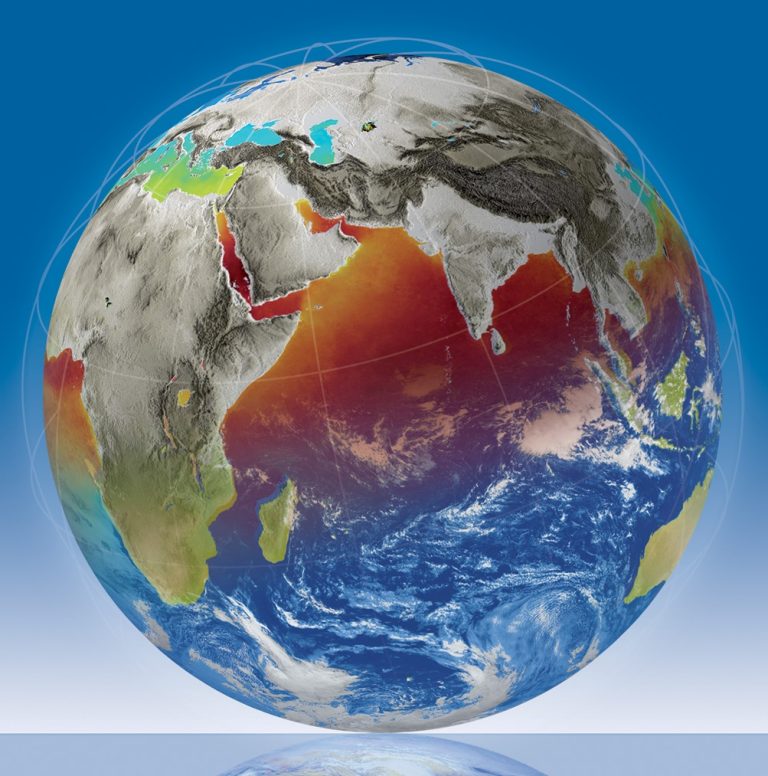

So either the model used on the distribution of land-ice during the ice age is not correct, or the assumption that the sea level was 120 metres below today’s level is wrong. Or, we need a better model for the behaviour of the Earth’s mantle. The scientific debate has been rekindled.
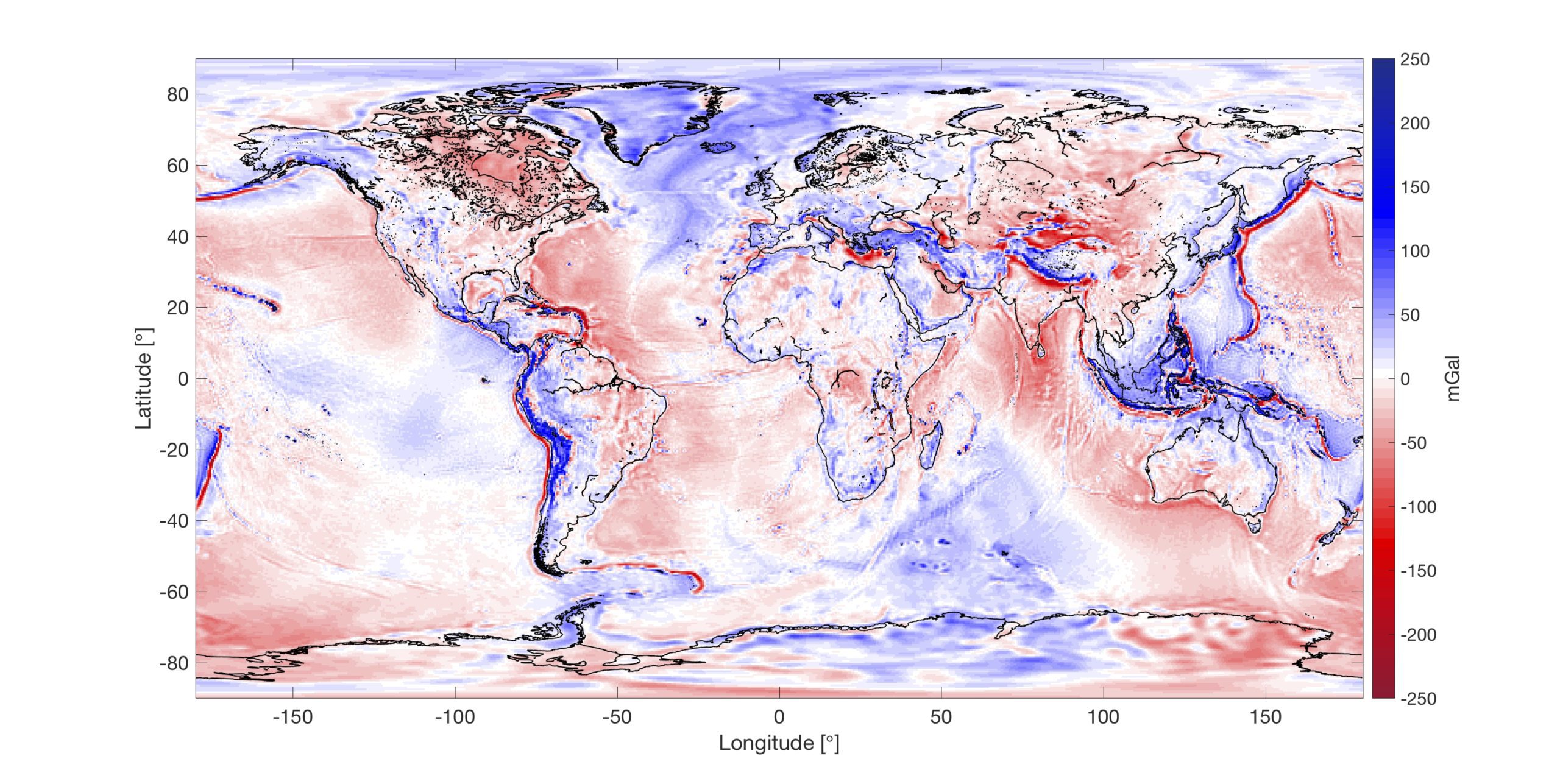

Root stresses that the Barents Sea study was only a part of his PhD research, which mainly focused on static gravity measurements by the GOCE satellite, instead of the time-varying measurements by GRACE. GOCE has produced gravity maps with a global resolution of 50-100 kilometres. For the initiated, these maps offer an unparalleled view of the inner Earth and the continental shelves floating on the Earth’s mantle.
Studies of the inner Earth will continue, for example in the 3D Earth project by ESA. One of the intriguing questions concerns two hidden continents that float on of the boundary of the Earth’s core and mantle at 2,900 kilometres below the surface.
“We know of their existence because of the delay they cause in seismic data. But that’s about all we know from Jason and Tuzo, as some people call them.”
As a researcher and a lecturer at the faculty of Aerospace Engineering, Root continues the quest for hidden information in gravity variations that Professor Vening Meinesz also measured in the 1930s. Vening Meinesz’ data validated Alfred Wegener’s theory of continental drift. With today’s ultrasensitive satellite data, researchers can peer deeper into the inner Earth than ever before.
• Bart’s blog:
• Barend Cornelis Root, Gravity Field Constraints on the Upper Mantle of Northwestern Europe, PhD supervisor Prof. Bert Vermeersen (AE), 25 September 2017
Heb je een vraag of opmerking over dit artikel?
j.w.wassink@tudelft.nl

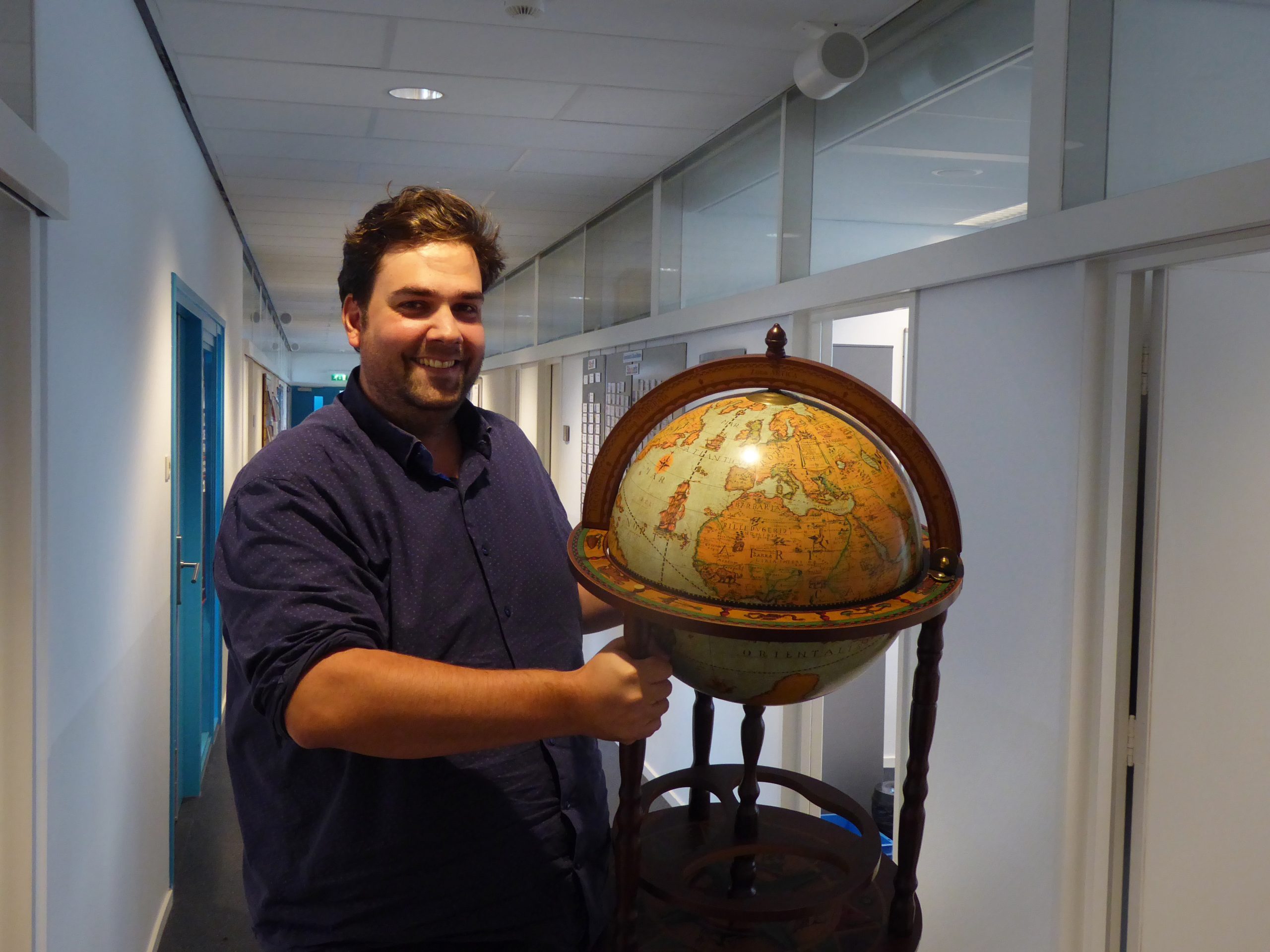
Comments are closed.